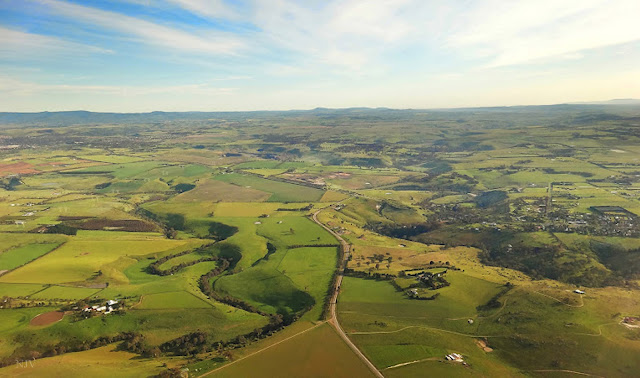Morocco, officially the Kingdom of Morocco, is a country in the Maghreb region of North Africa. Geographically, Morocco is characterised by a rugged mountainous interior and large portions of desert. It is one of only three countries (with Spain and France) to have both Atlantic and Mediterranean coastlines. The Arabic name al-Mamlakah al-Maghribiyah (Arabic: المملكة المغربية, meaning “The Western Kingdom”) and Al-Maghrib (Arabic: المغرب, meaning “The West”) are commonly used as alternate names.
Morocco has a population of over 33.8 million and an area of 446,550 km2. Its political capital is Rabat. The largest city is Casablanca. Other major cities include Marrakesh, Tangier, Tetouan, Salé, Fes, Agadir, Meknes, Oujda, Kenitra, and Nador. A historically prominent regional power, Morocco has a history of independence not shared by its neighbours. Its distinct culture is a blend of Arab, indigenous Berber, Sub-Saharan African, and European influences.
Morocco claims the non-self-governing territory of Western Sahara as its Southern Provinces. Morocco annexed the territory in 1975, leading to a guerrilla war with indigenous forces until a cease-fire in 1991. Peace processes have thus far failed to break the political deadlock. Morocco is a constitutional monarchy with an elected parliament. The King of Morocco holds vast executive and legislative powers, especially over the military, foreign policy and religious affairs. Moroccan Arabic, referred to as Darija, and French are also widely spoken. Morocco is an influential member of the Arab League and a part of the Union for the Mediterranean. It has the sixth-largest economy in Africa.
Aït Ben-Haddou (Arabic: آيت بن حدّو), shown below, is a fortified city, or palace (ksar), along the former caravan route between the Sahara and Marrakech in present-day Morocco. Most citizens living in the area now live in more modern dwellings in a nearby village, although there are 4 families still living in the ancient city. This giant fortification, which is made up of six forts (Kasbahs) and nearly fifty palaces, which are individual forts, is a great example of earthen clay architecture, which is also used in Moroccan architecture. Aït Ben-Haddou has been a UNESCO World Heritage Site since 1987 and several films have been shot there, including, Sodom And Gomorrah (1963), Time Bandits (1981), The Jewel of the Nile (1985), The Mummy (1999), Gladiator (2000), Alexander (2004) and Prince of Persia (2010).
This post is part of the Our World Tuesday meme,
and also part of the Travel Tuesday meme,
and also part of the Wordless Wednesday meme.






























